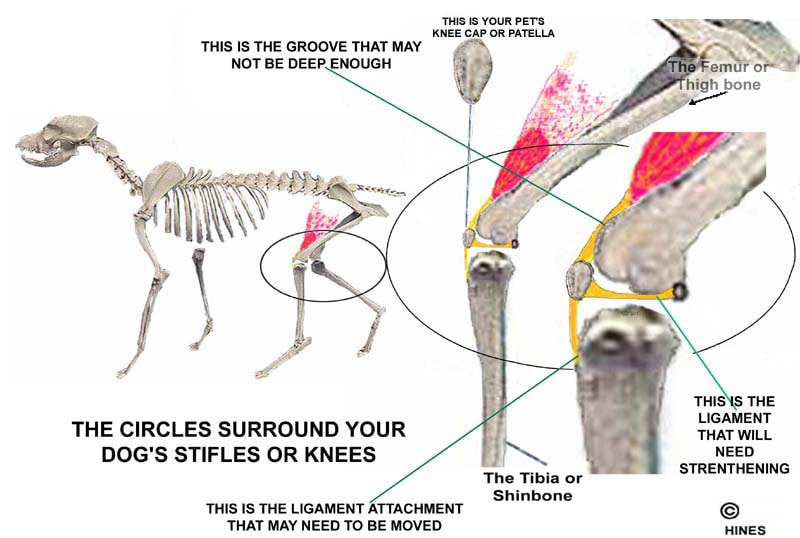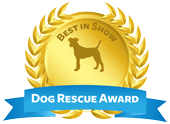Grooming Estimate
Joint Problems with Dogs
There are many joint issues and problems with dogs which people can spew out the acronyms but have no idea what part is injured, how it connects to other parts and half the time where that body part is. So here are examples of what you are being told. If you still do not understand exactly what your veterinarian is saying ask for an non medical version.
Ask to see pictures, most have models of joints just as human doctors have for people. Ask questions about the risk of surgery if required, what outcome to expect, there are not stupid questions and it does not matter how long it takes you to understand what they are saying.
One of the most important things is, how does that body part work with the others. I.E. if they hip has dysplasia, it is common knowledge that the back and muscles of that animal will also be adversely impacted. Ask how, ask why, learn what, how and why things are happening. Like us, you need to be your dogs advocate.
Osteochondrosis
This is simply an abnormality in the normal development of bones. Bones grow by initially forming a cartilage template, onto which calcium is deposited to form bone. This can affect the elbow, shoulder, stifle (folks that is a knee) and hock (folks this is the ankle).
ACL
This can happen to an animal or human. Everyone has heard of this one but very few know what it stands for. Cranial means anterior hence the A in ACL, Cruciate Ligament. It is the major stabilizing ligament that helps hold the knee together.

Knee Joint
These can break down in either one incident, (dog flying off back porch landing the wrong way eliciting an ear piercing screaming causing mom or dad doggie parent to collide whilst flying out the back door) or partial ruptures. The most effective way to deal with this is surgery if you have tried immobilizing the pet with no positive results. $$$$ Surgery
Dysplasia: words to know —
- Laxity: Looseness of the hip joint, i.e. loose door knob
- Subluxation: Partial dislocation
- Bilateral: Both sides
This is a genetically inherited issue that affects many large breeds. Most of the dogs have normal at birth hip joints but as with arthritis, deteriorates with age. The object is relieving the dog of pain either with medication or worst and last case, surgery.

Elbow Dysplasia:
As with the hip version this is also a genetically inherited issue that affects mid to large breeds. There are arthritis symptoms, bone chips and malformed joints. Dysplasia is basically another word for arthritis. Similar treatment as above
Note on author: The advantage of opinions is they cannot be wrong and they cannot be right. Consequently all written material is strictly my opinion based on over 30 years working with animals. I do not believe in “experts” for one finds out quickly that there is always someone who is smarter, better educated and a wider life experience. If I was an expert and knew everything I would opt to be dictator of the world, not working with animals. I do not believe in statistics since for every con argument there are equal pro arguments to challenge those statistics. Consequently rarely, if ever do I use them.
All information is copyright by Mimi Davis d.b.a. Curbside Clippers. (Copyright 2023. All Rights Reserved) Any use must have prior permission.



